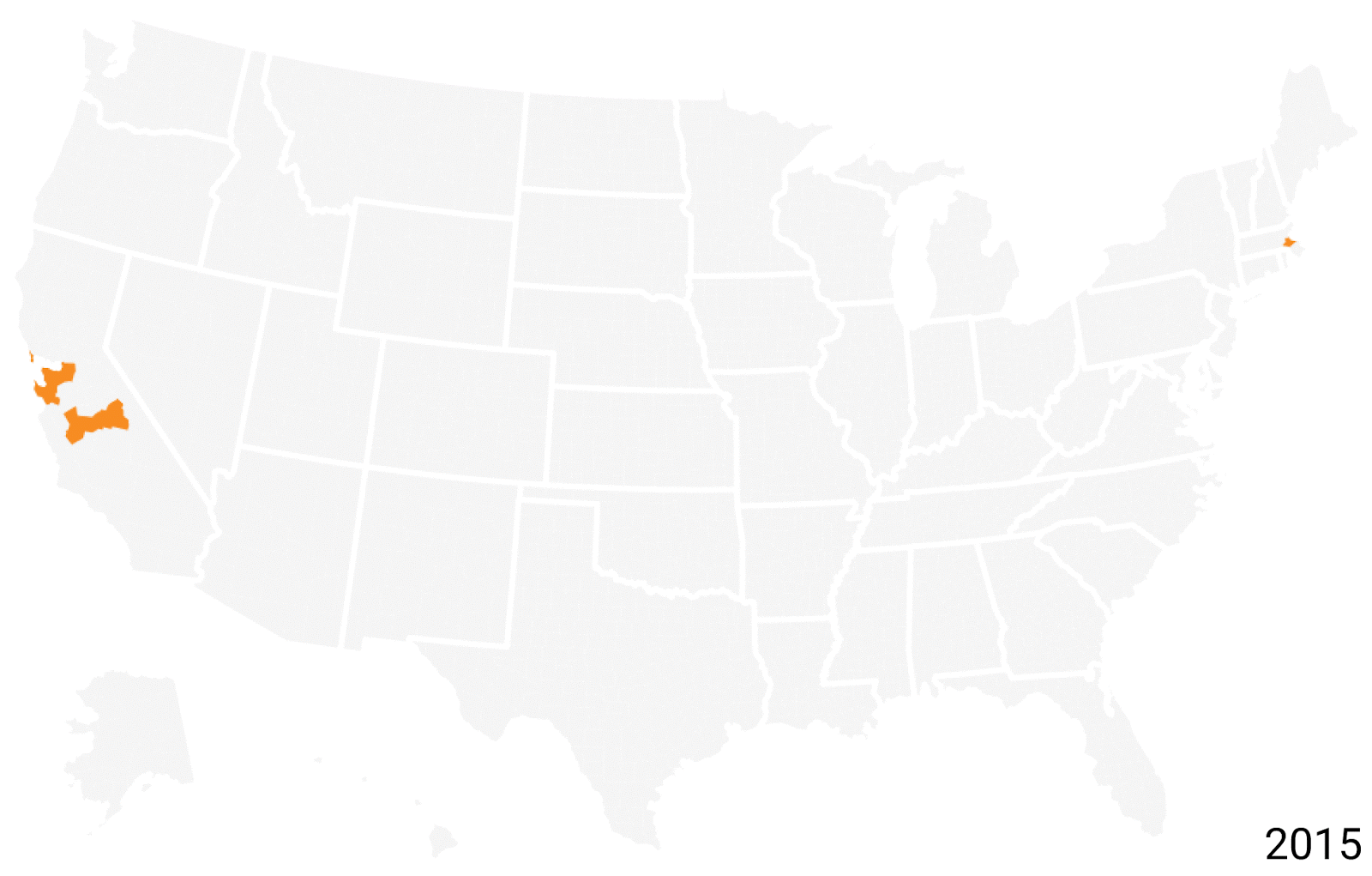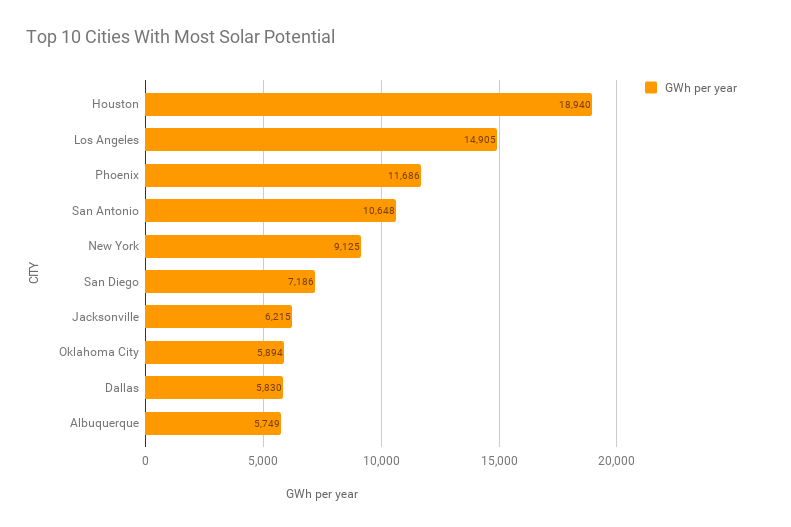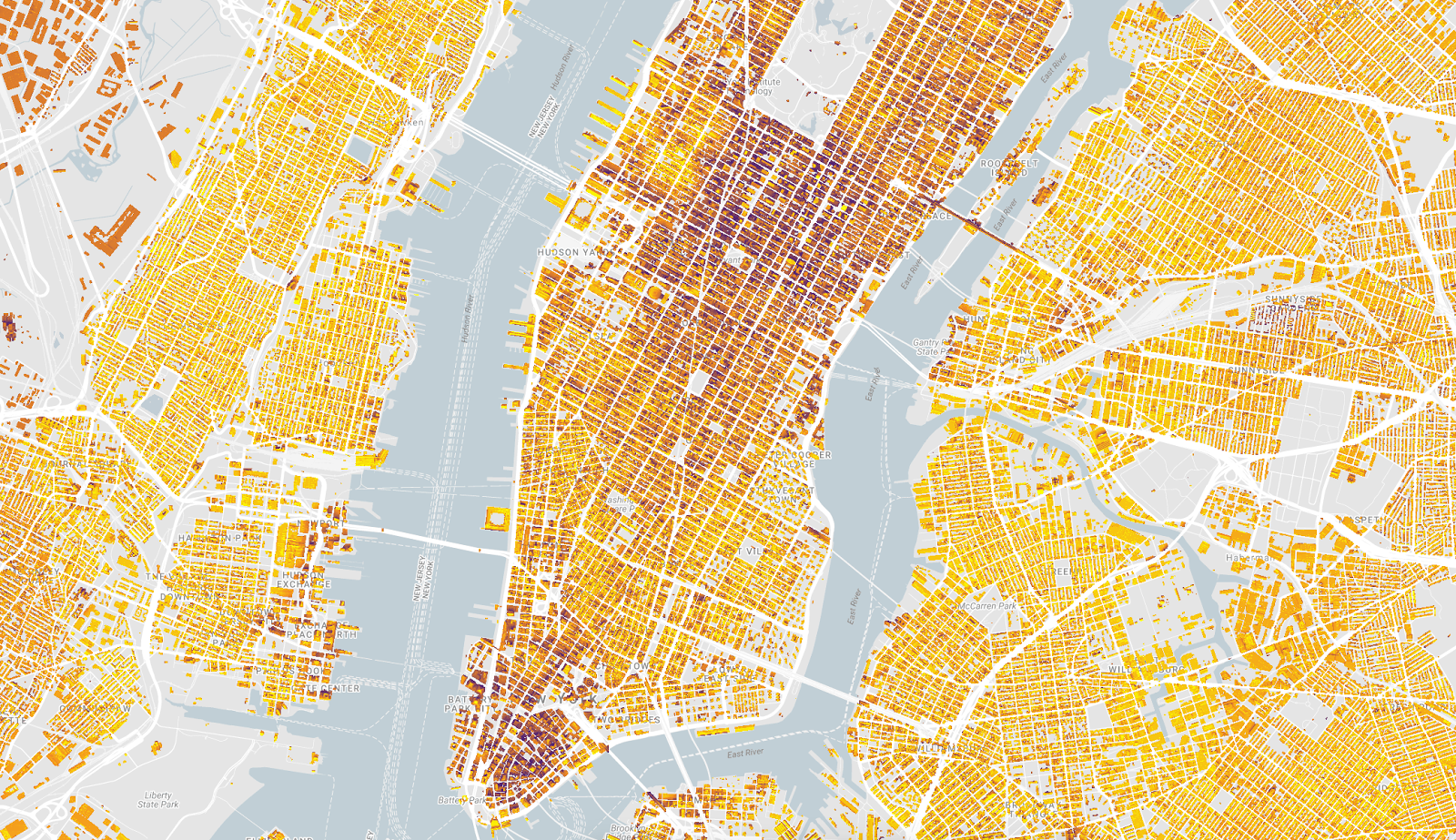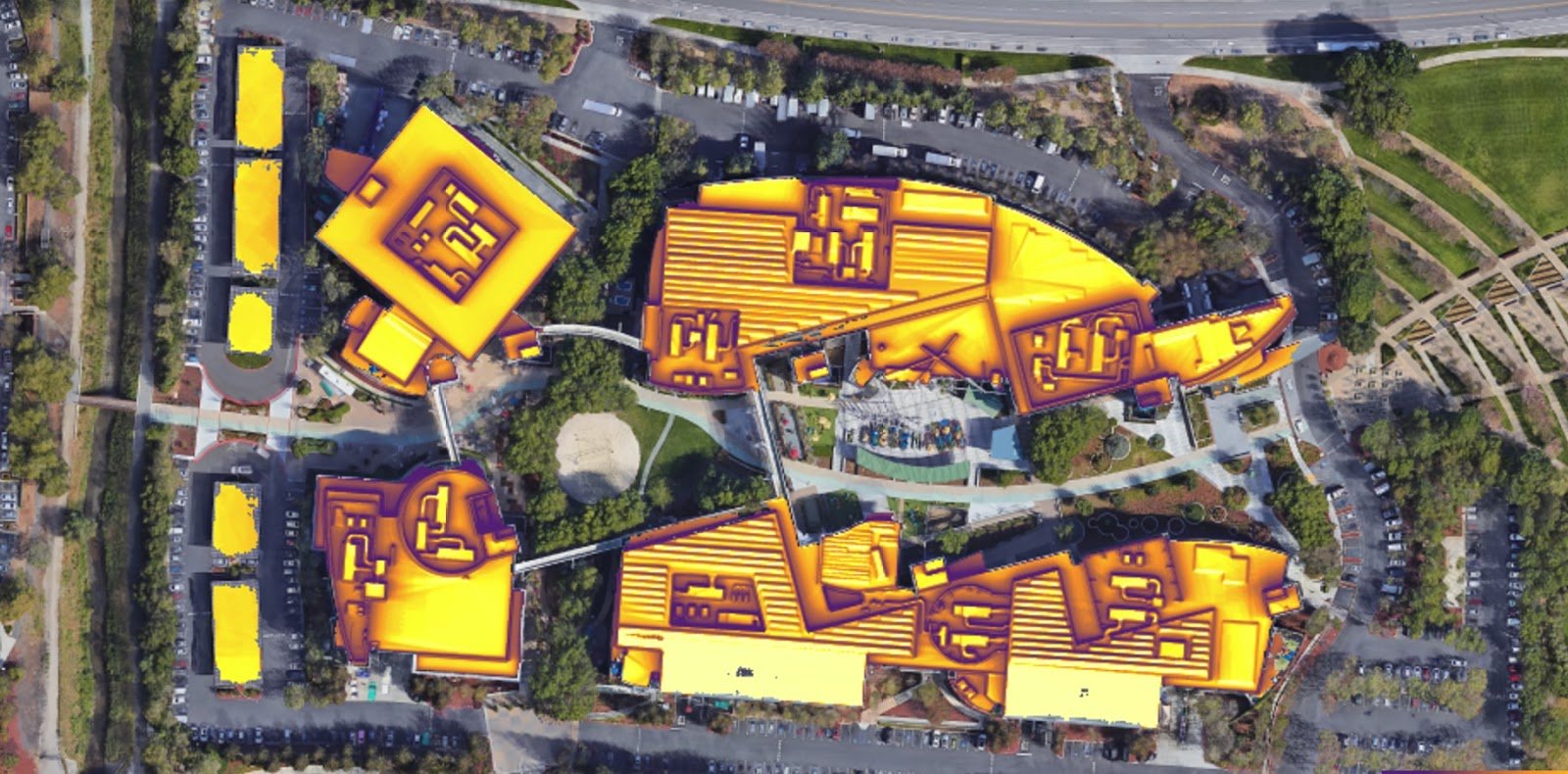Solar power is an abundant, low-carbon source of electricity, but historically it’s been more expensive than traditional electricity. Now, with solar costs dropping dramatically, many people are starting to ask: Does solar power make sense on my roof?
We launched Project Sunroof in the United States in 2015 to help answer this question and help consumers make accurate decisions about solar power for their homes. Starting today, people in Germany will be able to see the solar potential of their rooftops thanks to a partnership between Project Sunroof, E.ON and the software producer Tetraeder. This marks the first time Project Sunroof data will be made available outside of the U.S.
Around 7 million German buildings are currently covered by Project Sunroof, including urban areas such as Munich, Berlin, Rhine-Main and the Ruhr area. It’s as easy as entering your address.
To estimate the solar potential for individual buildings, we combined Google Earth, Google Maps, 3D models and machine learning to estimate solar generation potential accurately and at large scale. Project Sunroof estimates how much sunlight falls on the roof, accounting for historical weather patterns, the location of the sun throughout the year, the geometry of the roof, and shading from nearby objects such as trees and buildings. We then combine all of these factors to estimate solar energy generation potential for a particular address.
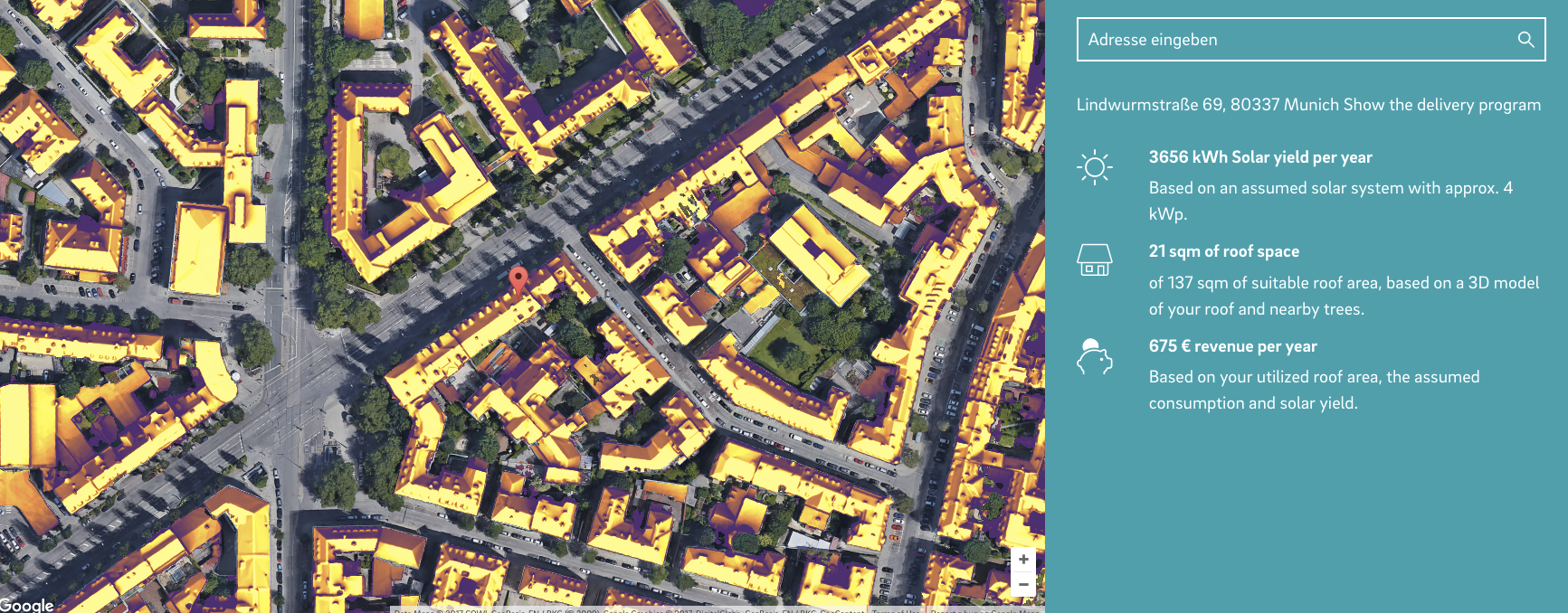
Project Sunroof data will be integrated on www.eon-solar.de beginning today. On the site, people can investigate their home’s solar potential, as well as purchase a suitable system consisting of photovoltaic modules, energy storage and system management software provided by E.ON. As of this month, the online tool covers about 40 percent of German homes.
Google has been using renewable energy sources within our own infrastructure and beyond for many years—in 2017, we announced a commitment for 100 percent renewable energy across our operations worldwide. With Project Sunroof, we want to help people become even more aware of the solar potential that’s just above the rafters. The future is bright!